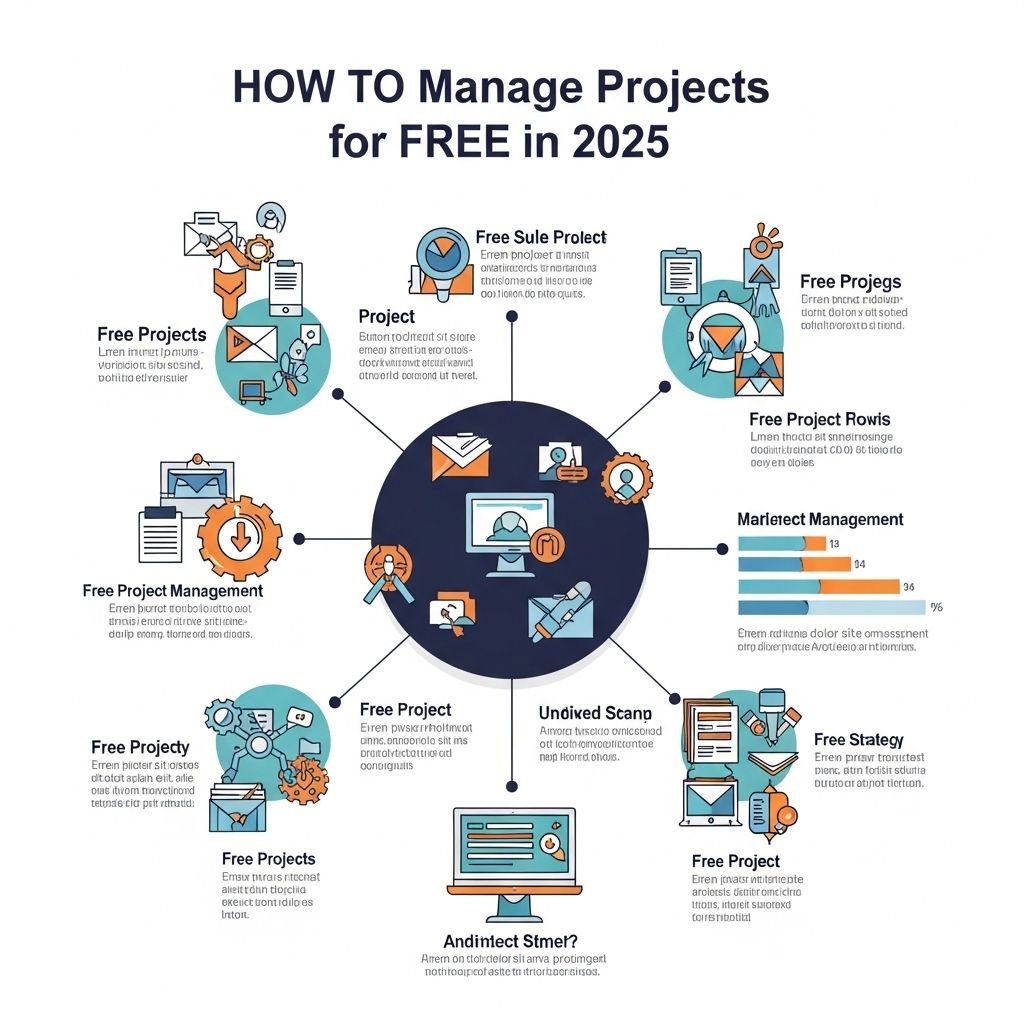As the world of project management continues to evolve, businesses are seeking tools that not only streamline their processes but also enhance collaboration among teams. The rapid pace of technological advancement means that the tools we rely on for project management must be dynamic, adaptable, and user-friendly. In 2025, several project management tools stand out due to their innovative features, integration capabilities, and ability to facilitate remote teamwork. In this article, we will explore the top five project management tools that are shaping the future of project collaboration.
1. Asana
Asana remains a frontrunner in the project management landscape, known for its intuitive interface and robust features. This tool helps teams track progress, manage tasks, and set deadlines effectively.
Key Features
- Task Management: Break down projects into tasks and subtasks.
- Timeline View: Visualize project timelines to identify critical paths.
- Customization: Tailor workflows to suit specific team needs.
- Integration: Works seamlessly with tools like Slack, Dropbox, and Google Drive.
Benefits
- Improved team collaboration and communication.
- Enhanced visibility into project progress.
- Ability to prioritize tasks based on team capacity.
2. Trello
Trello leverages a card and board system that is highly visual and customizable, making it easy to track project progress and prioritize tasks. This tool is especially popular among smaller teams and startups.
Key Features
- Kanban Boards: Organize tasks using boards, lists, and cards.
- Automation: Automate repetitive tasks using Butler.
- Power-Ups: Enhance functionality with integrations like calendar views and time tracking.
Benefits
- Easy to use and set up.
- Highly visual, making project tracking intuitive.
- Catered to agile workflows.
3. Monday.com
Monday.com is a versatile project management platform that excels in providing a visual project management experience. It offers a range of templates catering to different industries and project types.
Key Features
- Custom Workflows: Create workflows tailored to your team’s specific processes.
- Dashboards: Gain insights into project metrics and key performance indicators.
- Collaboration Tools: Engage team members with comments, mentions, and file sharing.
Benefits
- Flexibility to manage various workflows.
- Centralized communication for project discussions.
- Comprehensive reporting features to track project performance.
4. Jira
Jira is a robust tool primarily used for software development projects but has expanded its capabilities for all types of project management. It is particularly favored by agile teams for its sprint planning and tracking features.
Key Features
- Agile Boards: Scrum and Kanban boards for agile project management.
- Backlog Management: Prioritize and manage backlog items efficiently.
- Reporting: Generate customizable reports to assess team performance and project progress.
Benefits
- Excellent for software development and agile methodologies.
- Powerful tracking and reporting capabilities.
- Integrates with development tools like Bitbucket and GitHub.
5. ClickUp
ClickUp is an all-in-one project management tool that offers a wide range of features designed to consolidate various project management tasks into a single platform. It is designed to accommodate teams of all sizes.
Key Features
- Task Hierarchy: Organize tasks into nested lists for clarity.
- Multiple Views: Switch between list, board, and calendar views.
- Goal Tracking: Set and track goals alongside project tasks.
Benefits
- Highly customizable to fit various project needs.
- Centralizes tasks, docs, and goals in one application.
- Robust integration options with other software.
Choosing the Right Tool
When selecting a project management tool, consider the following factors to find the best fit for your team:
- Team Size: Evaluate whether the tool can scale with your team.
- Industry-Specific Needs: Some tools cater better to specific industries or methodologies.
- Budget: Assess the pricing models to find an option that suits your business.
Conclusion
As we move towards 2025, project management tools must not only facilitate task management but also foster collaboration and adaptability in a rapidly changing work environment. Asana, Trello, Monday.com, Jira, and ClickUp are leading the charge with innovative features designed to meet the diverse needs of modern teams. Choosing the right tool can significantly impact your team’s productivity and project outcomes, making it essential to evaluate each option carefully.
FAQ
What are the top project management tools for 2025?
The top project management tools for 2025 include Asana, Trello, Monday.com, ClickUp, and Jira, each offering unique features to enhance team collaboration and project tracking.
How do I choose the best project management tool for my team?
To choose the best project management tool for your team, consider factors such as team size, project complexity, integration capabilities, and user interface, ensuring the tool fits your specific workflow.
Are there project management tools that support remote work?
Yes, many project management tools such as Asana and ClickUp are designed with remote work in mind, offering features like real-time collaboration, cloud storage, and mobile access.
What features should I look for in a project management tool?
Key features to look for in a project management tool include task management, time tracking, reporting capabilities, team collaboration tools, and integration with other software.
Can project management tools help improve team productivity?
Absolutely! Project management tools streamline workflows, facilitate communication, and provide transparency, which can significantly boost team productivity and efficiency.




